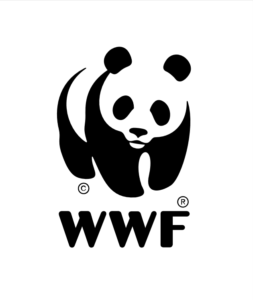Why is sustainable seafood good for… people?
One in ten people depend on seafood for food and income. There is no future for people without the sustainable use of our ocean’s precious resources.
Seafood is nutritious
Fish is a valuable source of protein. One portion provides about 50-60 percent of an adult’s daily requirements. Fish contributes and in some cases exceeds half of the total animal protein intake in some developing regions. [1]
In 2013, fish accounted for about 17 percent of animal protein and 6.7 percent of all protein consumed by the global population. Fish is a crucial source of food for more than 3.1 billion people, providing 20 percent of their animal protein intake. [1]
Seafood is affordable
When there is a lack of protein-rich food, fish often represents an affordable and accessible source of animal protein, particularly for many low-income populations in developing countries. [1]
Seafood is healthy
Seafood supports child development and human health. It contributes significantly to the diets of billions of people in nutrition-sensitive areas. Fish add high-quality protein, beneficial fatty acids, vitamins and minerals such as vitamin A, iodine, zinc and iron. In addition, seafood also provides diversity and palatability to people’s diet. [2]
Seafood is income
The fishery and the fast growing aquaculture sectors provide millions of jobs along the supply chain. 56.6 million men and women are engaged in the primary sector of capture fisheries and aquaculture. Furthermore, millions are also employed in the processing and trade of seafood. [3]
Seafood is culture
Fish is a comparably affordable source of protein in many developing countries, but may also be the preferred choice as part of local and traditional recipes. [1]
Fisheries contribute to defining and sustaining diverse cultures, societies and ways of life. For coastal and indigenous communities it is especially important for food and nutrition as well as in ceremonies and tradition. [4]
3 facts on seafood and… people
fact #1
- 12%
fact #2
- 98%
fact #3
Micronutrient deficiencies affect hundreds of millions of people. Globally, more than 250 million children are at risk of vitamin A deficiency. [6] More seafood in their diet could improve their health.
Ok, but what can I do?
Sustainable seafood supports livelihoods, human health and our economic wellbeing. Don’t eat fish on a daily basis, enjoy it like a delicacy when you have other healthy options. Diversify your choice and buy certified seafood!
[2] FAO (Food and Agriculture Organization of the United Nations). The State of World Fisheries and Aquaculture 2016. Rome. Page 70. http://www.fao.org/fishery/sofia/en
[3] FAO (Food and Agriculture Organization of the United Nations). The State of World Fisheries and Aquaculture 2016. Rome. Page 33. http://www.fao.org/fishery/sofia/en
[4] Cisneros-Montemayor et al. (2016) A Global Estimate of Seafood Consumption by Coastal Indigenous People.
[5] FAO (Food and Agriculture Organization of the United Nations). The State of World Fisheries and Aquaculture 2016. Rome. Page 33. http://www.fao.org/fishery/sofia/en
[6] FAO (Food and Agriculture Organization of the United Nations). The State of World Fisheries and Aquaculture 2016. Rome. Page 152. http://www.fao.org/fishery/sofia/en















